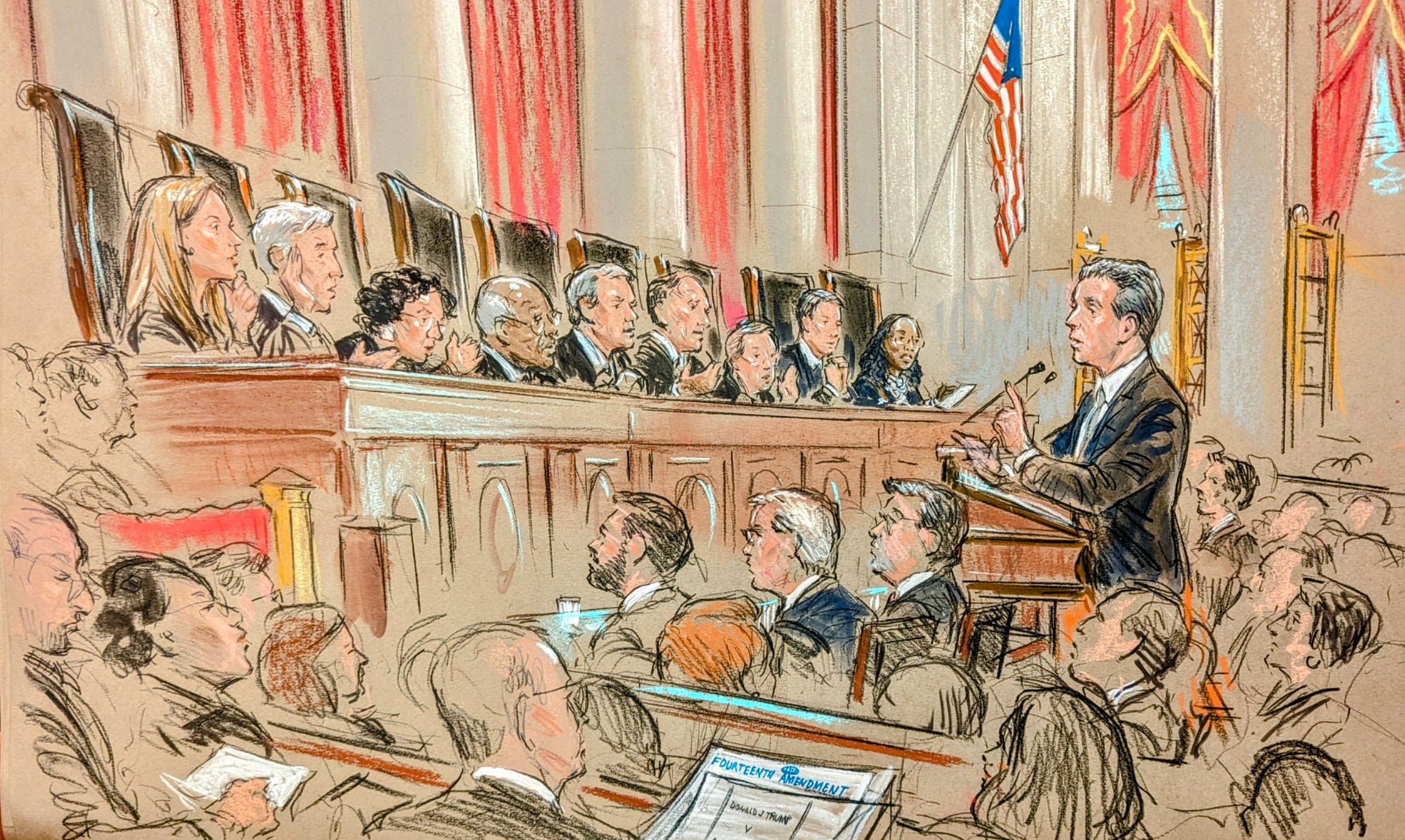Lawyers trying to increase access to justice see promise in generative AI
For lawyers working to close the justice gap, generative artificial intelligence could be a real game changer.
According to a 2022 study by the Legal Services Corp., 92% of low-income Americans’ civil legal problems—which include access to safe housing and health care and child custody—were not fully or even partially addressed. ChatGPT, Google Bard and other chatbots built on large language models could narrow this gap by helping legal services organizations speed up and simplify their work.
While their application to the access-to-justice space is in the early stages, Kristen Sonday, the co-founder and CEO at pro bono management platform Paladin, says more organizations could soon use large language models to improve processes for the vetting and intake of clients and the completion of their casework.
As one example, she cites the California Innocence Project’s early use of Casetext’s CoCounsel to streamline efforts to exonerate incarcerated individuals who were wrongfully convicted. (See “California Innocence Project harnesses generative AI for work to free wrongfully convicted” at ABAJournal.com/Innocence_AI.)
“Attorneys could complete their pro bono cases a lot faster using AI to analyze the cases, do research, assemble documents and file them a lot more efficiently,” says Sonday, a 2017 ABA Journal Legal Rebel. “At the end of the day, my hope would be they can help more clients en masse as well.”
Kimball Dean Parker, CEO of SixFifty, a software subsidiary of law firm Wilson Sonsini Goodrich & Rosati, envisions SixFifty using generative AI to translate legal documents into Spanish or other common languages. “It’s incredible at translation, like top-of-the-line,” says Parker, a 2019 ABA Journal Legal Rebel. “We’ll give it a caveat, saying you’ll want to have someone read over it to make sure the translation works. But it provides that first step for people.”
Lawyers who are working to close the justice gap hope generative AI will empower more individuals to handle their own legal needs. This could include using generative AI tools to identify legal issues or locate legal resources; it also could mean using them to help automate documents that are necessary for the pro se process.
Although David Colarusso, the director of Suffolk University Law School’s Legal Innovation and Technology Lab, says the technology isn’t advanced enough to allow pro se litigants to fully draft their own briefs, it could provide them with prompts to fill in relevant facts and narratives they hope to share with the court. “These are the type of things that add up, when you think about the tens of thousands of people who interact with forms in the court system,” says Colarusso, a 2016 ABA Journal Legal Rebel. “How many people don’t file something with the court because it becomes too hard, and they just never get over that first hump?”
One tool in the works, which Colarusso likens to “a flight simulator for pilots,” would allow law students and lawyers to practice working through a range of scenarios and issues. He envisions this tool going beyond traditional trial advocacy exercises with human actors by allowing participants to return again and again and tweak their approaches each time.
He adds that the simulator can increase access to justice by helping prepare people to provide better services and allowing students to better understand legal issues.
“You never learn something as well as when you teach it,” Colarusso says. “So imagine how well you have to know something to teach it to a computer.”
Legal Rebels Class of 2024
Locked in: Criminal justice startups tap into generative AI’s early promise
Bridging the Gap: Lawyers trying to increase access to justice see promise in generative AI
Helping Hand: Generative AI already is making an impact on legal research and writing
Always on: Will generative AI alleviate burnout or make lawyers more miserable?
Head of the Class: Law schools consider post-ChatGPT coursework
e-Sign on the Dotted Line: When it comes to using generative AI and contracts, the devil is in the details
Age of e-Discovery: Generative AI could revolutionize e-discovery—but buyer beware
Rewiring Entry: How AI could blur the borders of immigration law
This story was originally published in the February-March 2024 issue of the ABA Journal.






